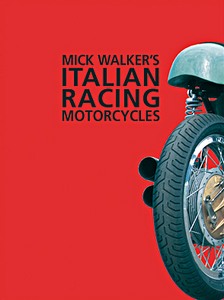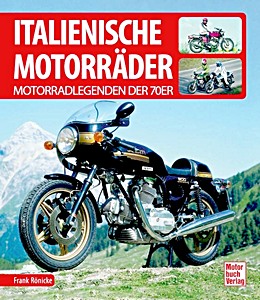Il grande libro delle moto italiane - anni '80
Giorgio Sarti takes on the fascinating subject of the Italian motorcycles of the 80s, maybe a less extraordinary period than the preceding decade, but no less captivating. The names are those of always, from Moto Guzzi to MV Agusta and Ducati. Constructors recounted through a text which does not just speak of history and technical matters but also of trends, culture, men, providing the reader with an exhaustive picture of those years.
The book comprises three parts. The first examines the historical and cultural context in which these machines appeared. The second is devoted to a panorama of the biggest selling models and the history of the relative marques. The third shows the 10 most significant Italian bikes of the 80s, minutely analysing all to provide enthusiasts with many essential and useful elements for the recognition of the various series.
For each model there is a gamut of detail ranging from technical history to technique, from maintenance, riding the motorcycles, including production numbers and collecting. The wealth of illustrations is especially varied, comprising an ample collection of images and documents of the period.
The 10 italian bikes that made the '80s:
- Bimota 550 KB2
- Bimota 750 DB1
- Bimota 750 YB4 E.I.
- Bimota 851/904 Tesi 1D
- Ducati 500 Pantah
- Ducati 750 F1
- Ducati 750 Paso
- Ducati 851 Superbike
- Laverda 1000 RGS
- Moto Guzzi 1000 Le Mans.
Specificaties
| Auteur: | Giorgio Sarti |
|---|
| Uitvoering: | 240 blz, 27.5 x 25 x 2.5 cm, harde kaft |
|---|
| Illustraties: | 1000+ z/w- en kleurenfoto's |
|---|
| Uitgever: | Giorgio Nada Editore (I, 2010) |
|---|
| ISBN: | 9788879114882 |
|---|











